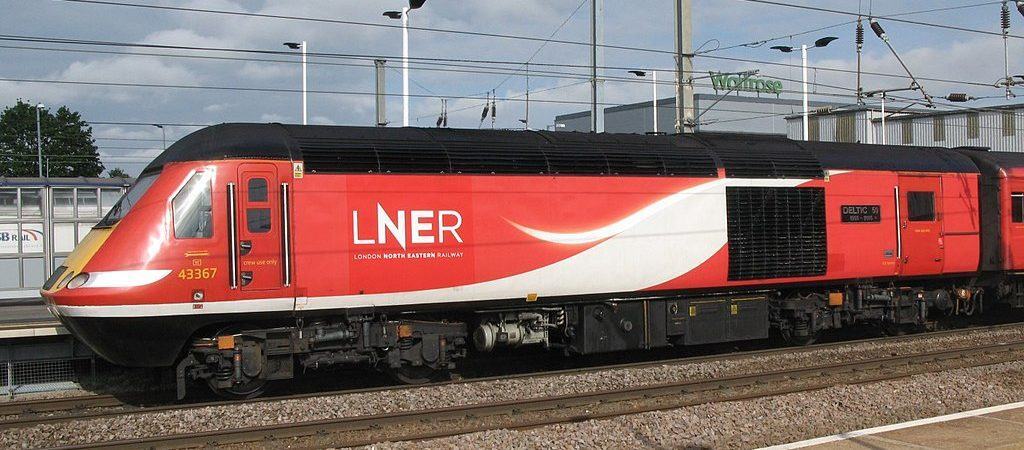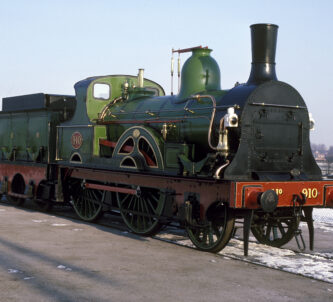London North Eastern Railway (LNER) has installed a system called Seat Sensor on all its trains. The new technology, which has just gone ‘live’, can tell which seats are free and, by referencing LNER’s booking data, whether a seat is reserved. Passengers can now see the status of a seat displayed above it, and the status of all seats on the train using their mobile phone.
It’s one of those ‘why hasn’t somebody done this before?’ ideas, and it might go some way to addressing the awkwardness of train travel that we all experience.
LNER has also been conducting some research into our seat-finding tactics and experiences. They discovered…
- Almost two-thirds (64%) of us deliberately linger near seated passengers just before the train pulls into a station.
- Over a third of us (39%) use the tactic of ““kestrelling”” (hovering over an apparently vacant seat to wait and see whether it’’s free).
- 30% regularly “coach patrol” – walk up and down train carriages to search for an available seat
- 65% of us display the ping-pong behaviour (frantically turn left and right to figure out which way to go to find a seat).
Then there are the awkward seat moments.
Almost half of us make sure we have a seat reservation to avoid run-ins with other passengers, but if you’re not a reserver you can probably relate to these awkward seat moments…
- Over a half (56%) have felt too awkward to ask another passenger to move out of their reserved seat or move bags off seats.
- 36% sat elsewhere because someone was sleeping in their reserved seat.
- Nearly a quarter (24%) moved coaches following a ‘seat altercation’.
- Half of the nation (51%) would actually prefer to stand or look for an alternative seat than ask a passenger to vacate their reserved seat.
LNER hope the new system, which is now live on all their trains, might help avoid some of those user experiences.
Seat Sensor uses a traffic light system to display the current and future status of a seat’s availability: Green when a seat is unreserved for the whole journey; Amber when a seat is reserved for part of the journey (you can check the screen above the seat to check which parts of the journey the seat is reserved for before taking a seat); and a Red light when a seat is reserved for the whole journey.
Seat status is displayed above the seat itself, but the status of all seats on the train is also available on your phone when you connect to the train’s WIFI.
It updates itself around 5 minutes after departing a station – by which time, it assumes, everyone has sat down in their allotted/discovered seats. As one commentator on their video page has suggested, the system might just change one behaviour for another; so instead of everyone scrambling for any empty seat they can find as soon as they get on the train, there might now be a 5-minute pause until the system updates and then a ‘musical chairs’ scramble!
However LNER see Seat Sensor as a ‘work in progress’ and are still looking at ways they can adjust it and use it to be of maximum benefit. For example, if the system were to perform a scan just before arriving at a station, the information could be displayed on the platform allowing passengers to make an advance judgement about which coach to board based on its occupancy.
LNER began installing the system earlier this year and have been testing it since September. They say that the feedback so far from customers has been good, with many people saying they like the ability to easily see the status of a seat without having to lean over and scrutinise the old reservation slips tucked in the top.
And just how reliable are those sensors?
Well, LNER turned to McLaren Applied Technologies, a sister company of the Formula 1 team, for the sensor technology which is not simply based on weight load. Instead the sensor is mounted above the seat and measures the distance to the seat. So unless someone props a giant backpack up in the seat, or a very short child, it’s unlikely to be fooled!







